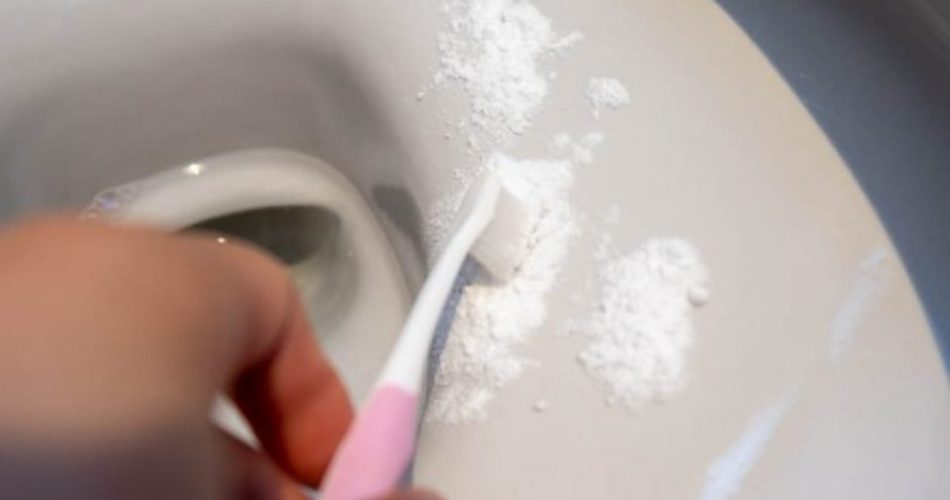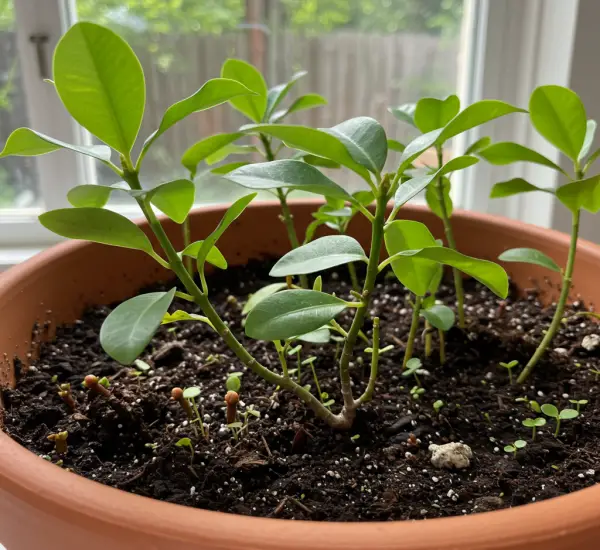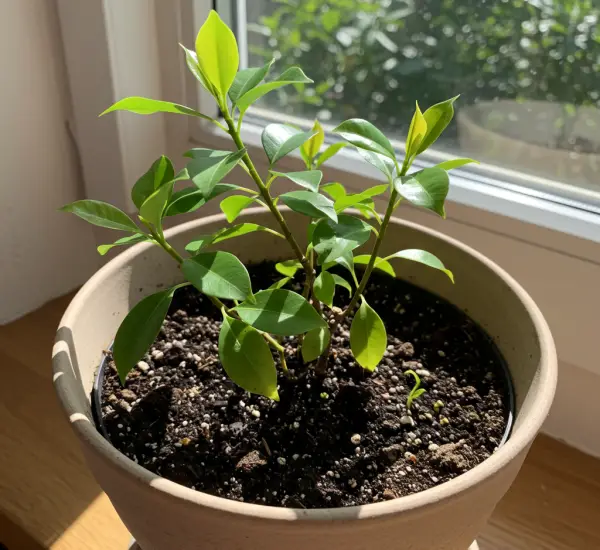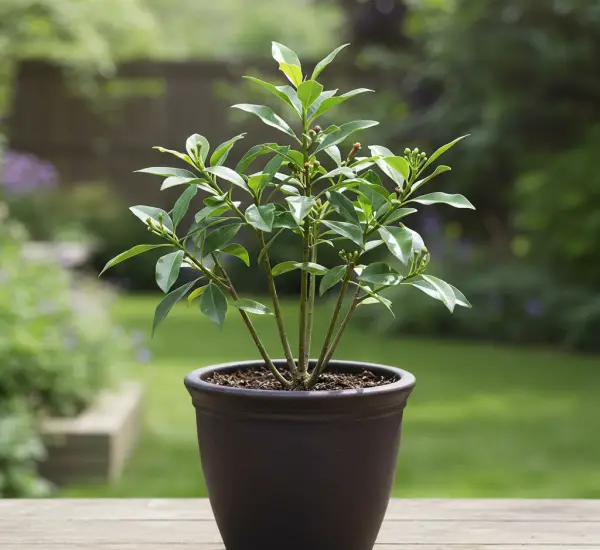This Ingredient Removes All Dirt from the Toilet Bowl – Far Stronger Than Baking Soda
Keeping your bathroom clean and disinfected is essential for the health and well-being of those who use it. The toilet, in particular, requires thorough cleaning, as it can accumulate stubborn stains and dirt over time. While there are various cleaning solutions available, there is one ingredient that stands out for its effectiveness: bleach. This simple, inexpensive product can help you tackle even the toughest grime and stains, offering a much stronger alternative to baking soda. Here’s how you can use bleach to clean your toilet bowl effectively.
Why Clean Your Toilet with Bleach Instead of Baking Soda?
Bleach is a powerful chemical with the ability to kill pathogens and bacteria effectively, making it an excellent choice for disinfecting the toilet. It is easily found in most households and is highly effective at removing tough dirt, stains, and limescale.
When applied to the toilet, bleach works by chemically reacting with organic substances, breaking them down and lifting stains that are otherwise difficult to remove. Additionally, it disinfects the surface, eliminating bacteria and viruses that may linger on the toilet.
Baking soda, while a useful cleaning agent for milder tasks, does not compare to the strength of bleach when it comes to tackling heavy stains and lime deposits. Baking soda is alkaline and can gently clean surfaces, but it lacks the disinfecting power of bleach. Furthermore, baking soda often needs to be combined with another ingredient, such as vinegar, to achieve more significant results. Bleach, on the other hand, works effectively on its own, making it a more powerful and convenient solution.
How to Use Bleach to Clean the Toilet
There are two main methods you can follow to clean your toilet with bleach, depending on whether you can remove the toilet lid or not.
Method 1: Immersing the Toilet Lid
If your toilet lid is made of plastic and can be easily removed, this method is ideal:
- Remove the lid from the toilet and place it in a container or tub that’s large enough to submerge it.
- Prepare the bleach solution by mixing water and bleach in the container. Follow the recommended ratios on the product label to ensure proper dilution.
- Let the toilet lid soak in the solution for several minutes. The bleach will work to remove stains, dirt, and limescale from the surface.
- Once the lid has become white and clean, remove it from the water and rinse it thoroughly.
This method is particularly effective for deep cleaning, as the bleach can reach every part of the lid, including those difficult-to-reach areas where grime tends to build up.
Method 2: Applying Bleach Directly to the Toilet Lid
If removing the toilet lid isn’t an option, you can still clean it effectively with bleach:
- Prepare the bleach solution by mixing bleach and water in a container, following the product instructions.
- Using a sponge, apply the bleach solution directly to the toilet lid, making sure to cover all areas, especially those with visible stains.
- Let the bleach sit for a few minutes to allow it to work on the dirt and stains.
- After waiting, use a damp cloth to rinse the solution off the lid, ensuring that no bleach residue is left behind.
If the bleach smell lingers, you can wipe the lid with a sponge soaked in a scented detergent to neutralize the odor. Finally, dry the surface and, if necessary, reattach the lid.
Warnings and Safety Tips for Using Bleach
While bleach is highly effective at cleaning and disinfecting, it is important to handle it with care due to its strong chemical properties. Here are some precautions to keep in mind:
- Wear protective gear: Always use gloves and goggles when handling bleach to protect your skin and eyes from irritation.
- Read the label: Follow the instructions on the bleach container carefully to ensure safe and effective use.
- Avoid mixing bleach with other chemicals: Some cleaning products, such as ammonia, can react with bleach and produce toxic fumes. Never mix bleach with other cleaners unless specified on the product label.
- Use in a well-ventilated area: Ensure there is good airflow in the room when using bleach to avoid inhaling harmful fumes.
If you encounter particularly stubborn stains, you can use concentrated bleach, but exercise caution. Dilute it as necessary and avoid using it on delicate surfaces that may become damaged.
Why Bleach Is More Effective Than Baking Soda
The primary advantage of bleach over baking soda is its powerful disinfecting ability. While baking soda can help with mild cleaning and deodorizing, it lacks the chemical strength to eliminate tough dirt and stains. Bleach, on the other hand, not only cleans but also kills bacteria and disinfects surfaces, making it a much more potent cleaning agent for the toilet.
Additionally, bleach can whiten surfaces, which is particularly helpful for toilets that have developed yellow stains from prolonged use. Baking soda may clean gently, but it cannot match bleach’s ability to restore the toilet to a bright, white finish.
Conclusion
If you’re looking for a quick and effective way to remove dirt and stains from your toilet, bleach is the way to go. Its ability to sanitize and clean far surpasses that of baking soda, making it a superior choice for tougher jobs like removing yellow stains and limescale. While baking soda is useful for everyday cleaning, bleach offers a stronger solution when it comes to heavy-duty cleaning and disinfecting. Just remember to use it safely and follow the product’s guidelines for the best results.




